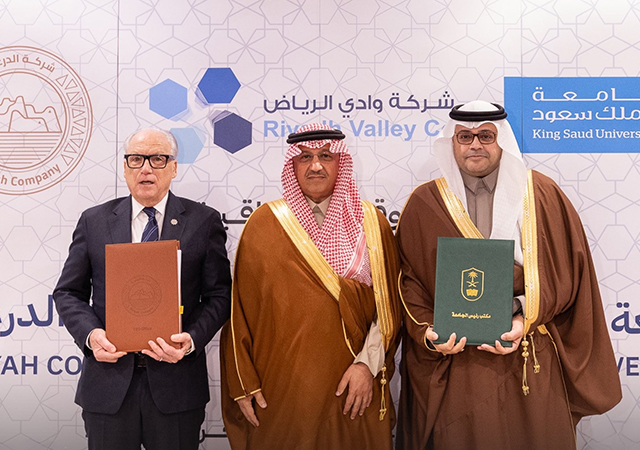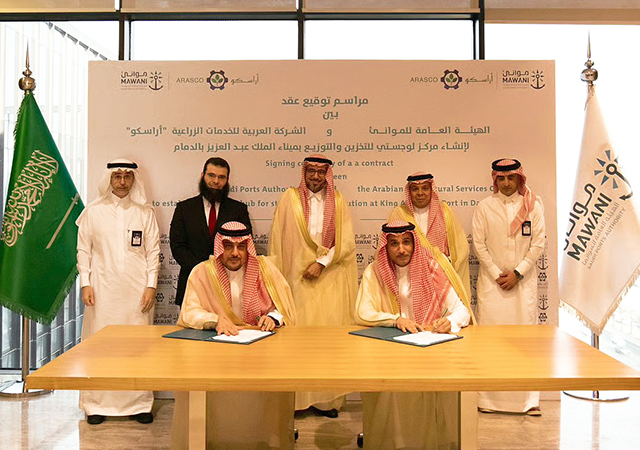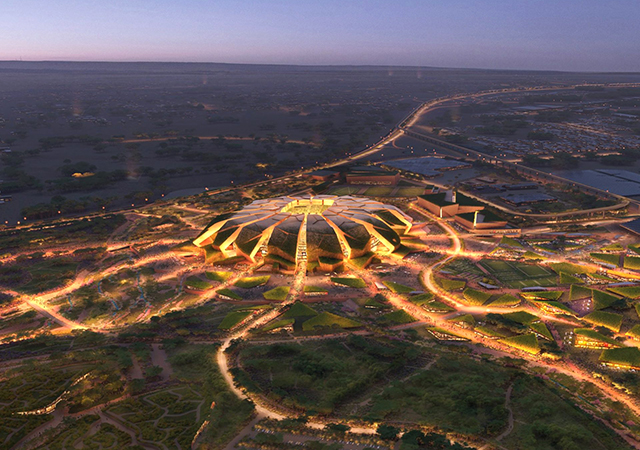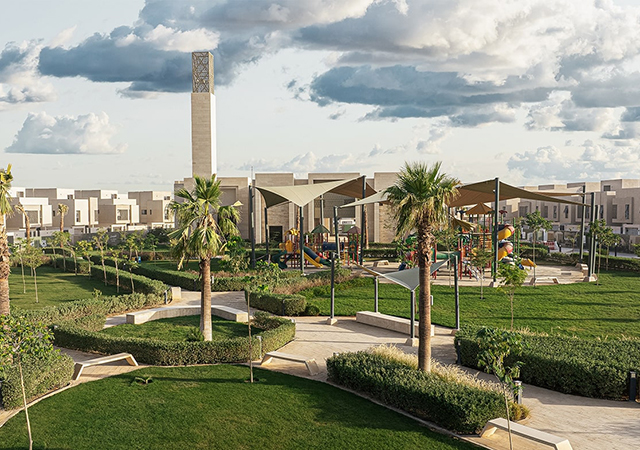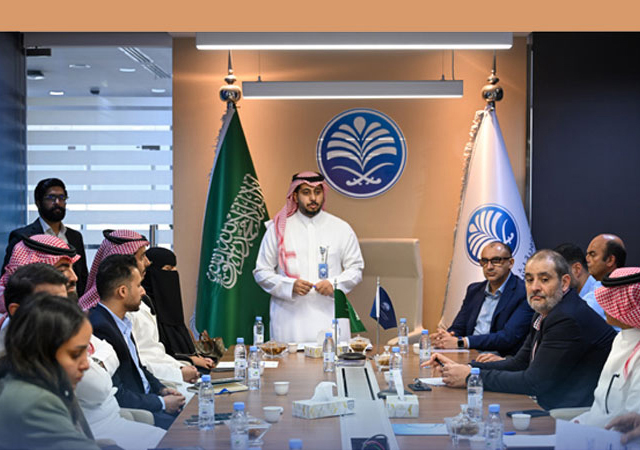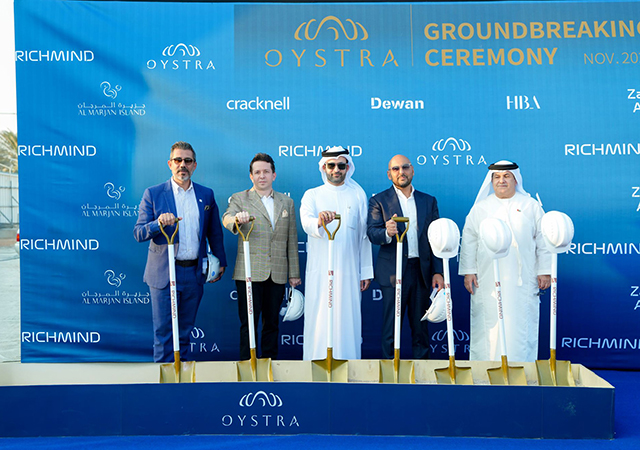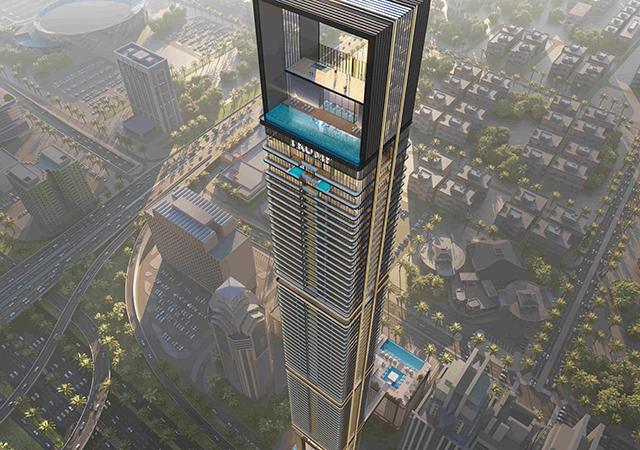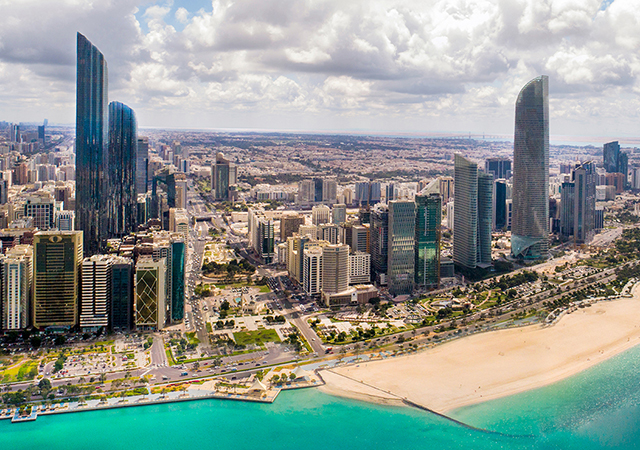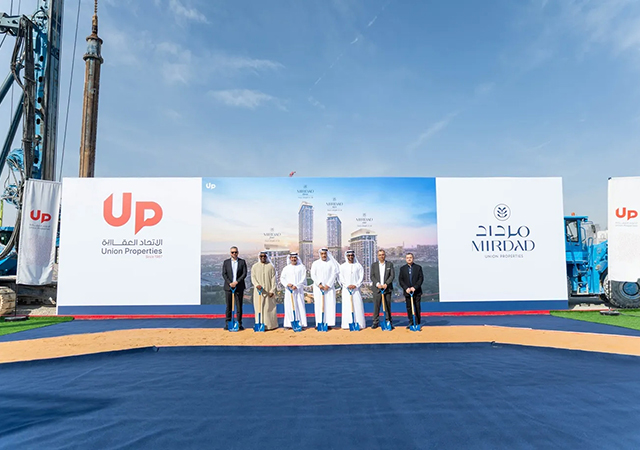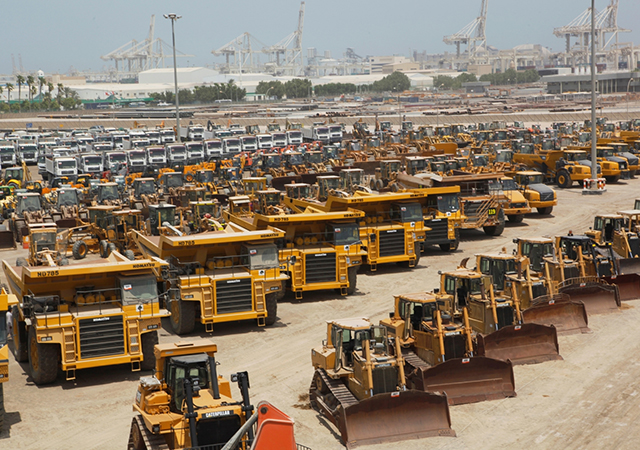ALYAF Industrial Company, based in the Second Industrial City of Dammam, is a major contributor to the roofing industry in the Gulf.
Alyaf manufactures non-woven geotextiles that are used in roofing systems. The geotextiles are used to protect the insulation and as a slip prevention layer between the insulation and the waterproofing.
Alyaf has been a pioneer in the manufacture of geotextiles and has contributed towards reducing the dependency on costly imports, according to an Alyaf spokesman.
''At the same time, the plant has also allowed for the proper utilisation of geotextiles as the imported fabrics are many a time made with polypropylene , a product unsuitable for roofing systems,'' he adds.
Alyaf geotextiles used for roofs are made from polyester, which is ideally suited for use in building systems, he claims.
''Polyester offers a unique combination of functional parameters, which make it highly advantageous. Polyester has a very low water absorption combined with low creep loss, resistance to sunlight, temperature and dimensional stability. It also exhibits a high elongation and optimum strength. This combination allows the fabric to withstand the cyclical stresses continuously without rupture or failure,'' he says.
''Polyester fibres exhibit moisture absorption of 0.4 per cent to 0.6 per cent. This implies that the geotextile dries quickly and will not become heavy under wet conditions. This is particularly important due to the humidity levels encountered in the region.
''The high intensity of light in the region make thermal and photo oxidation major contributors in the natural decay/degradation of the fabric. Polyester again scores higher than polypropylene, as it is less susceptible to oxidation in high temperature and the photolytic degradation of the molecular bonds,'' he says.
In a roofing system, a geotextile is used in two locations. One is between the water proofing and the insulation and the other above the insulation. The geotextile, when placed between the waterproofing and the insulation, serves as a slip prevention layer, which may occur due to the thermic cycles. The geotextile used above the insulation mainly acts as a protection to the insulation from traffic and the surface-wearing course, adds the spokesman.



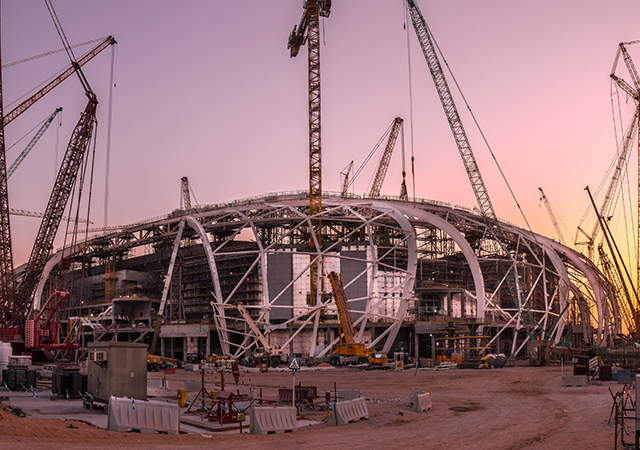
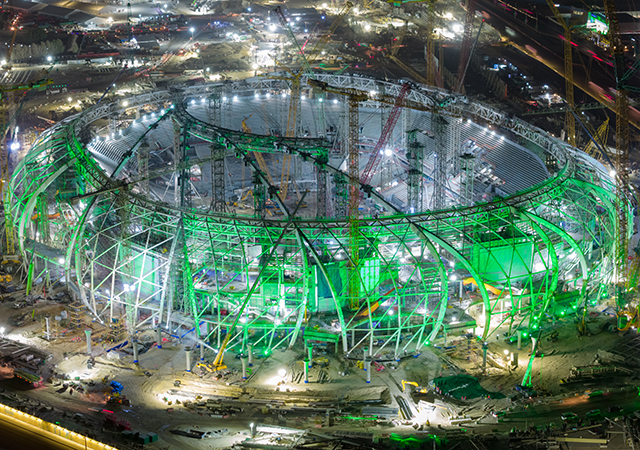

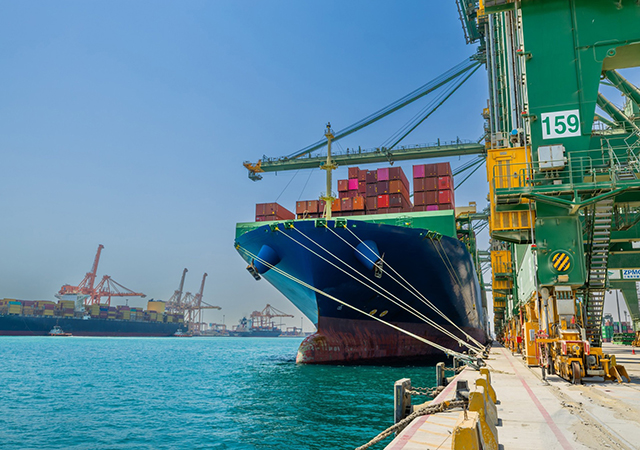
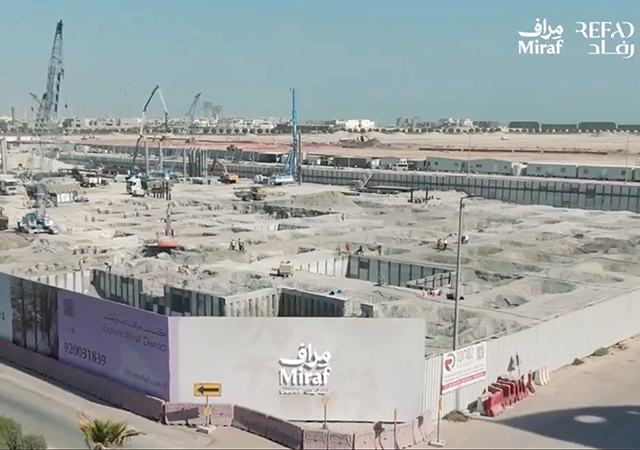
.jpg)



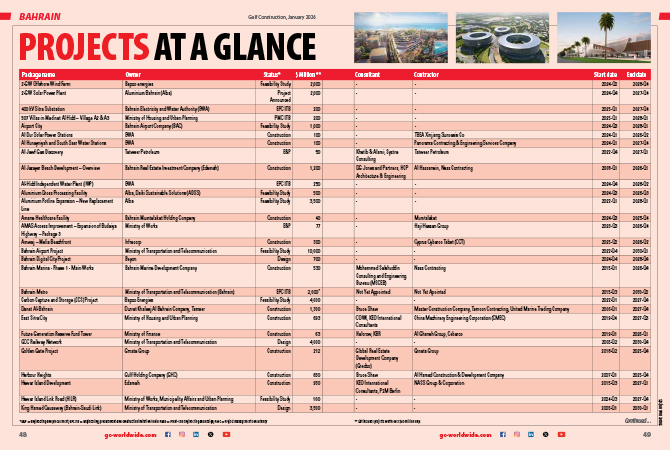
.jpg)

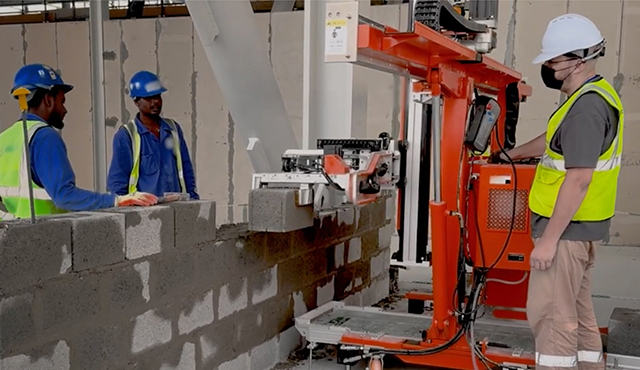
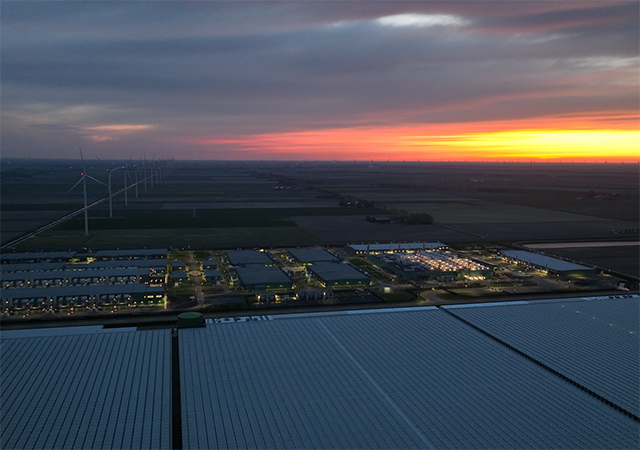
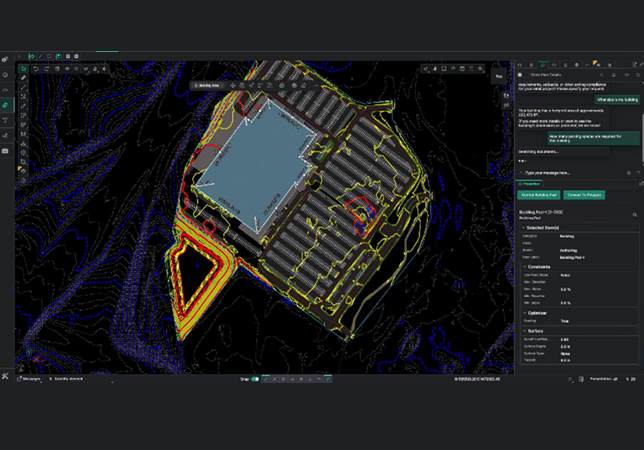




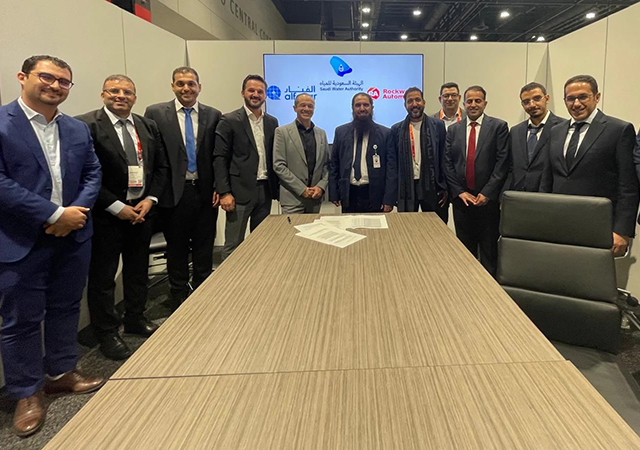

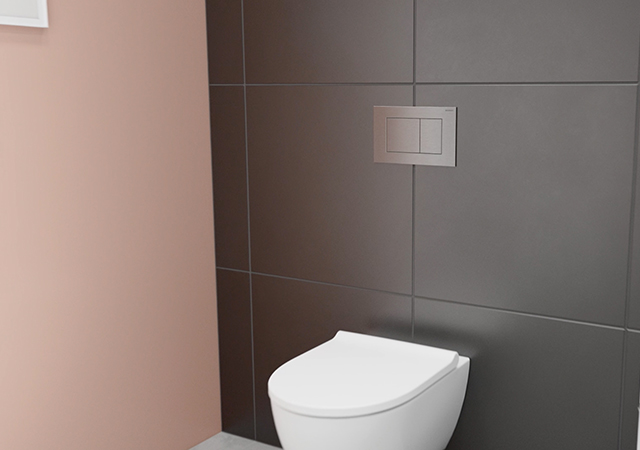
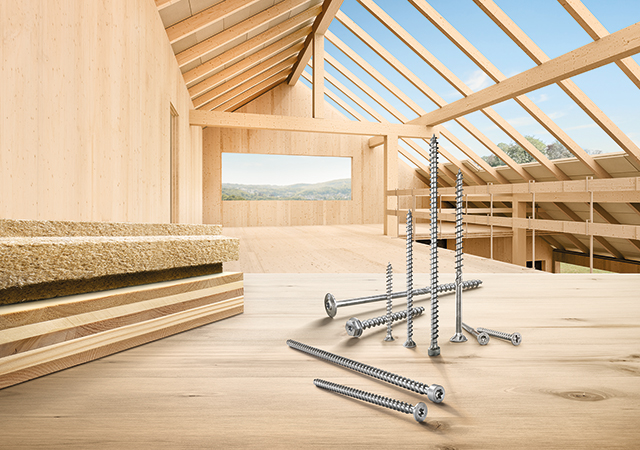


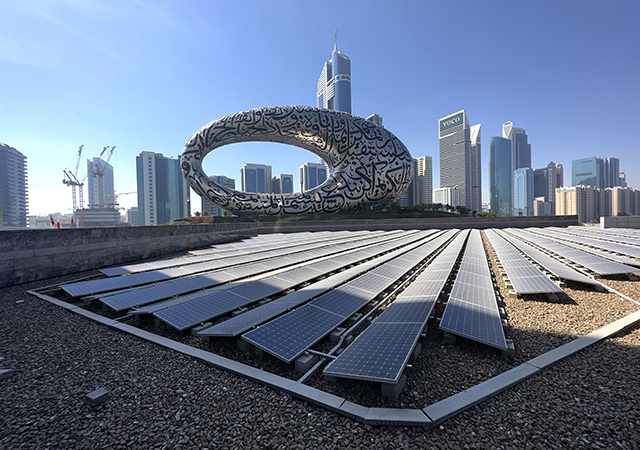
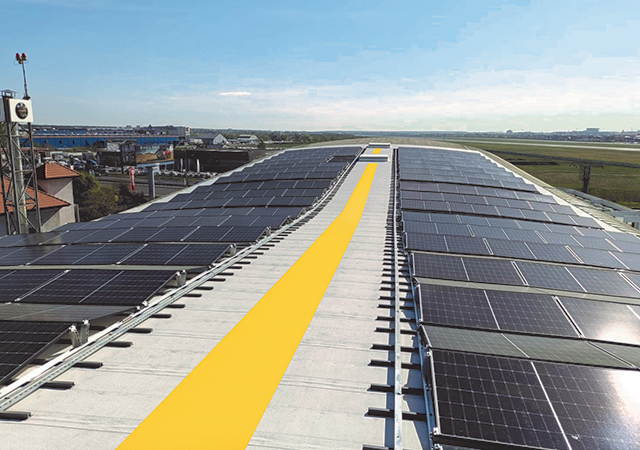
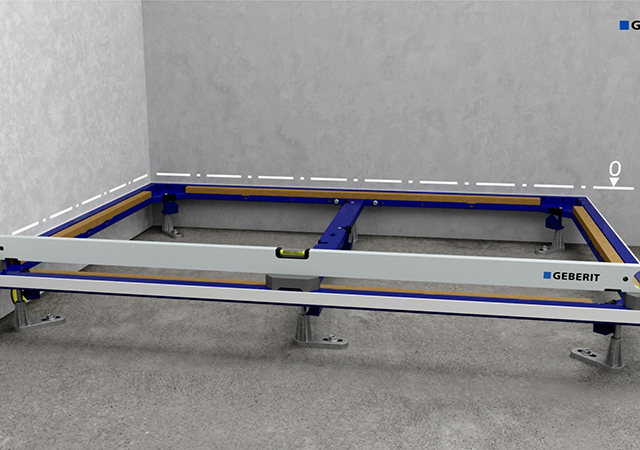

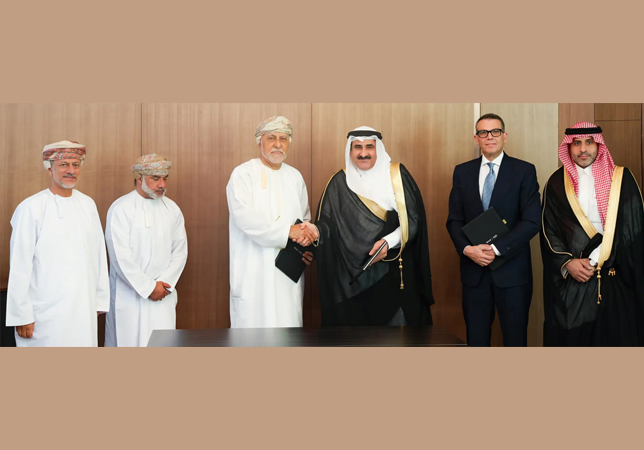




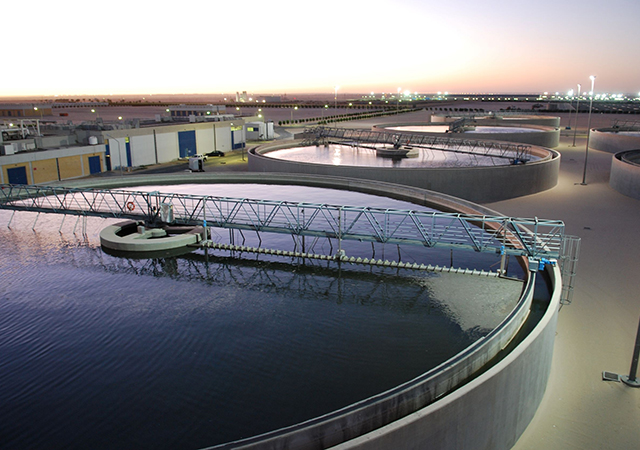
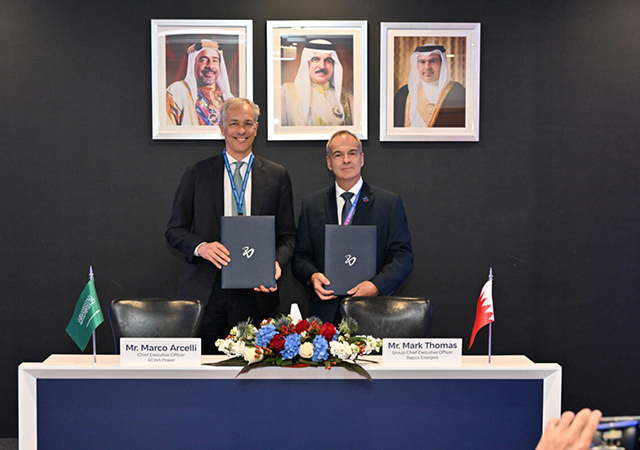

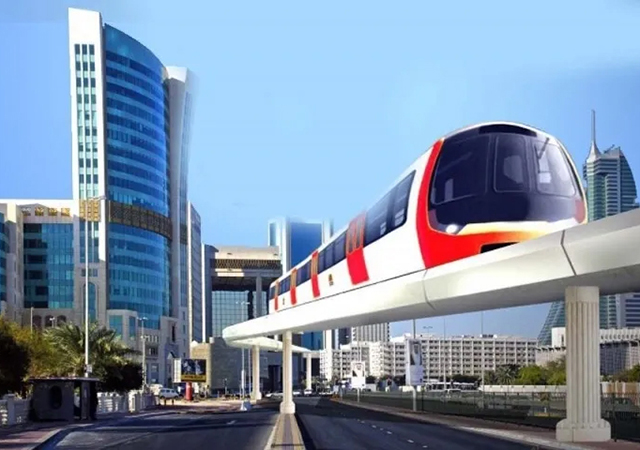
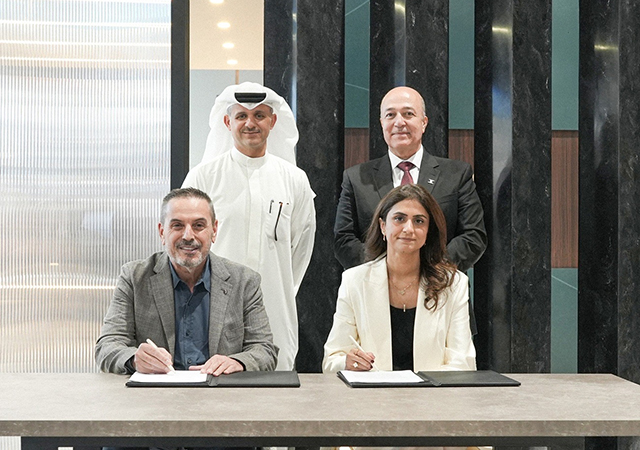
.jpg)
